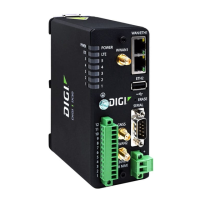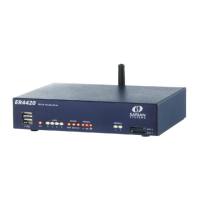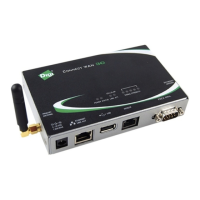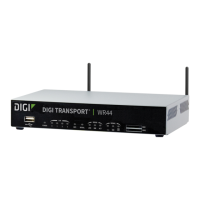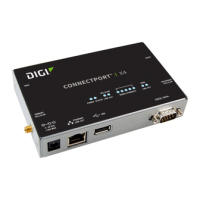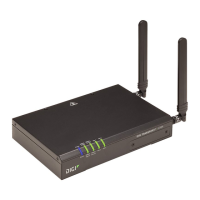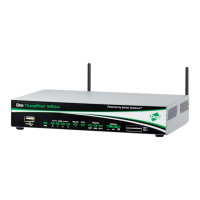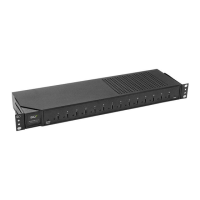Routing Dynamic DNS
IX10 User Guide
278
invalidating these mappings when they do. Dynamic DNS has become the standard method of
addressing this problem, allowing devices to update name servers with their new IP addresses.
By providing the IX10 device with the domain name and credentials obtained from a dynamic DNS
provider, the router can automatically update the remote nameserver whenever your WAN or public
IP address changes.
Your IX10 device supports a number of Dynamic DNS providers as well as the ability to provide a
custom provider that is not included on the list of providers.
Configure dynamic DNS
This section describes how to cofigure dynamic DNS on a IX10 device.
Required configuration items
n
Add a new Dynamic DNS service.
n
The interface that has its IP address registered with the Dynamic DNS provider.
n
The name of a Dynamic DNS provider.
n
The domain name that is linked to the interface's IP address.
n
The username and password to authenticate with the Dynamic DNS provider.
Additional configuration items
n
If the Dynamic DNS service provider is set to custom, identify the URL that should be used to
update the IP address with the Dynamic DNS provider.
n
The amount of time to wait to check if the interface's IP address needs to be updated.
n
The amount of time to wait to force an update of the interface's IP address.
n
The amount of time to wait for an IP address update to succeed before retrying the update.
n
The number of times to retry a failed IP address update.
Web
1. Log into Digi Remote Manager, or log into the local Web UI as a user with full Admin access
rights.
2. Access the device configuration:
Remote Manager:
a. Locate your device as described in Use Digi Remote Manager to view and manage your
device.
b. Click the Device ID.
c. Click Settings.
d. Click to expand Config.
Local Web UI:

